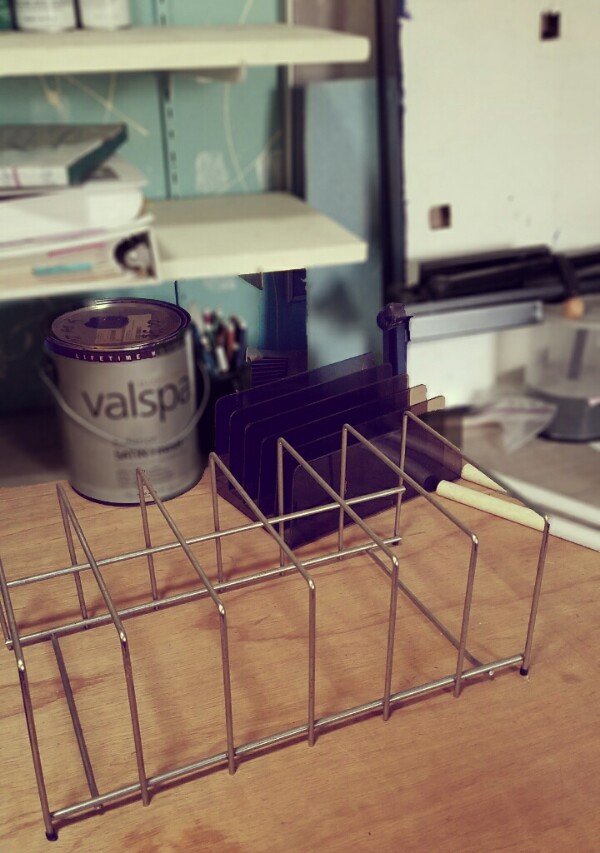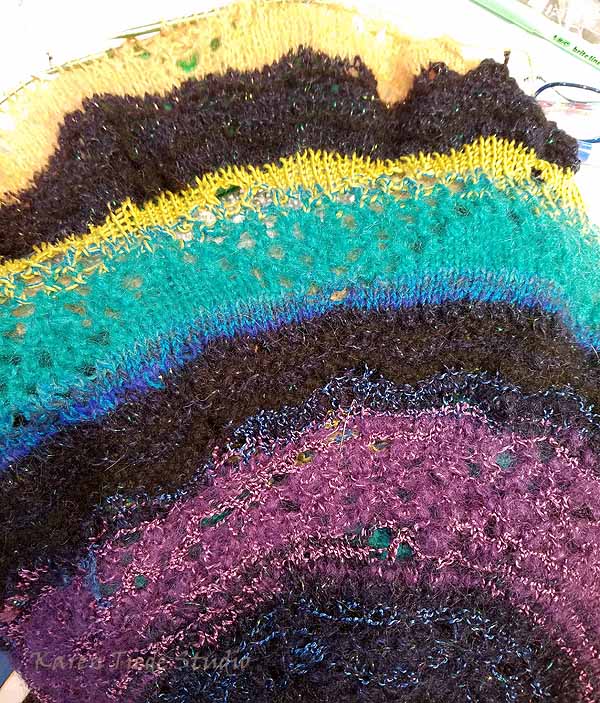When Nigel had to go to the vet last week with what turned out to be a slipped disk in his neck, I had to lift him in and out of the truck three times. 70# of screaming Labrador is a hard lift. I remembered the ramp later, but he’d never used it and had to be shoved up it into the truck.
Today, we had Ramp Class. Treats were involved. Everyone figured it out, Nigel quite comfortably.
If your dog is larger than you really want to lift, think about Ramp Class before you need it.
Wooster is not really convinced that it’s safe, but he finally figured out the only way to the treats was by running up the ramp.

Somebody needs a bit of extra encouragement, and Nigel offers to demonstrate again, in hopes of getting another cookie.
I wish I’d thought to do this before I needed it last week. Took two days for my back to be friendly to me again.



















Follow Us!